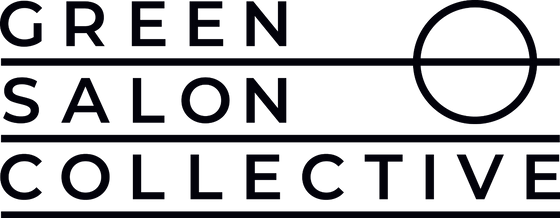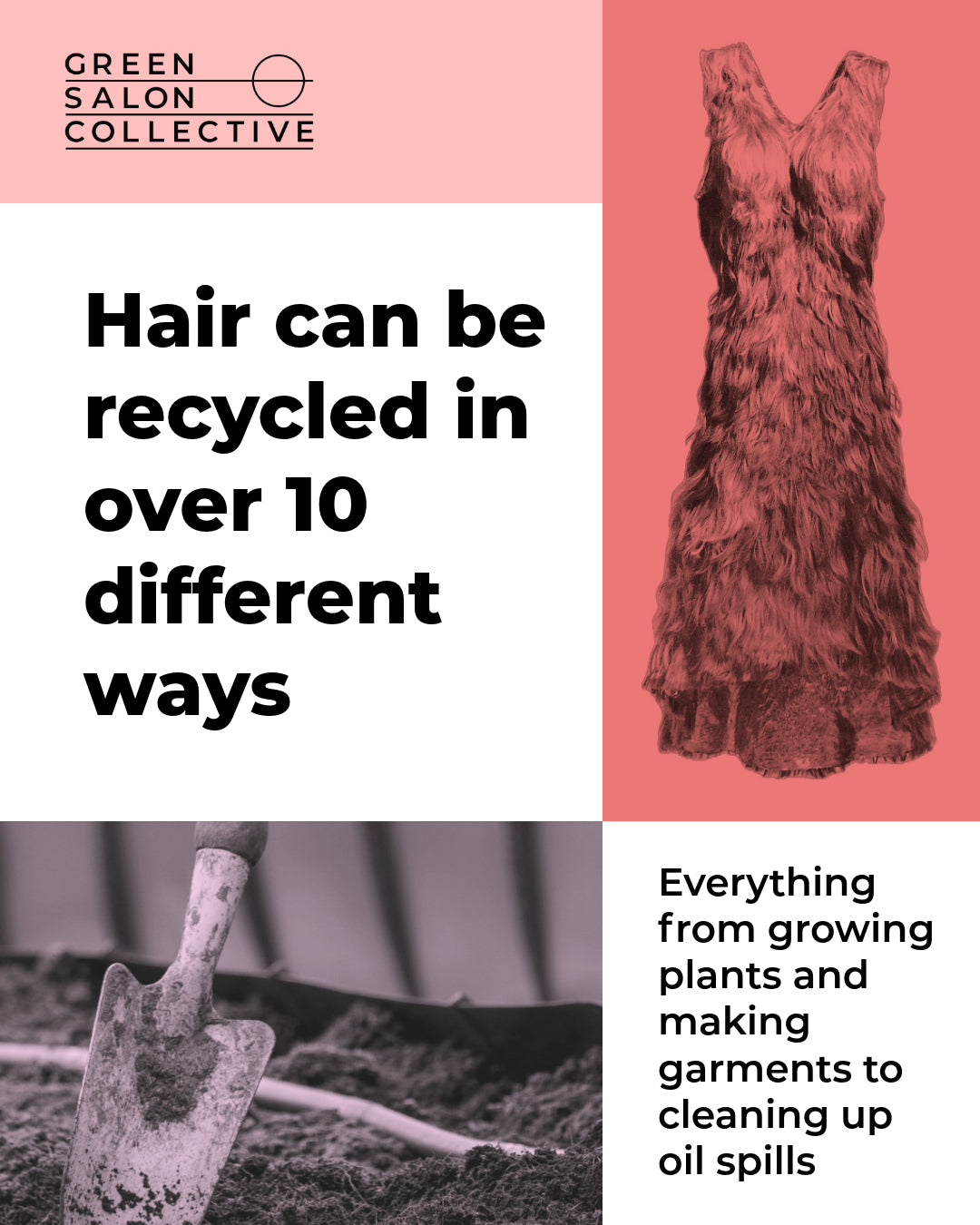
What can we do with salon waste?
Green Salon Collective is the authority figure on sustainability in the UK hair and beauty industry and we are incredibly proud of the core services we provide that enable us to maintain that position: Research, Salon Waste Recycling & Education.
Through our Research and Development, we have worked on and found over 15 recycling projects that use hair!
Keep scrolling to learn more about our research, education and reports all focused on our goal of making the hairdressing industry more sustainable...
Our Research Projects
-
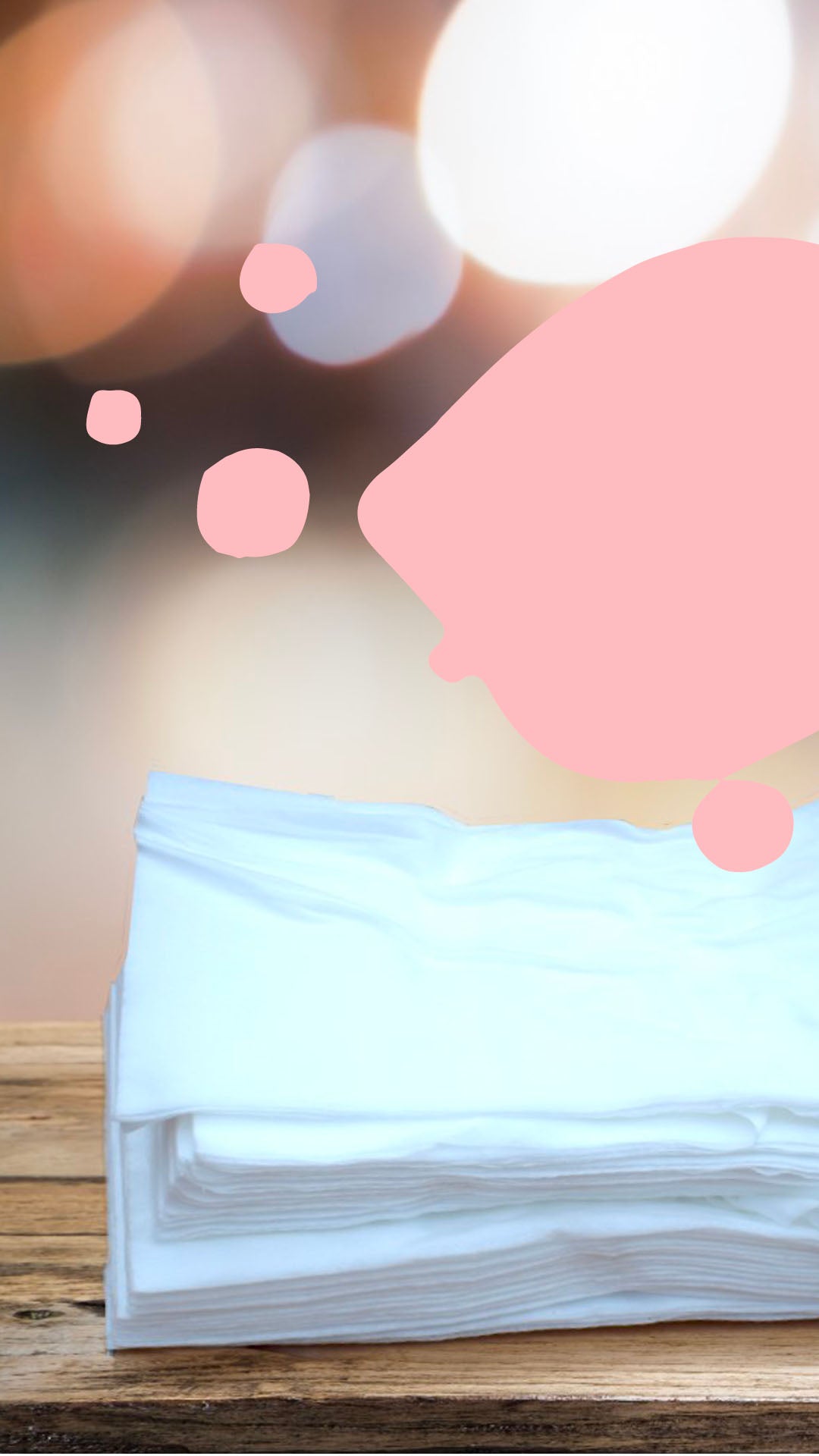
Salon Towels
Read the Report HereLead Researcher: Stephanie Hodgson
Assistant Researcher: Eoin McQuone
Project Consultant: Raechel Kelly
-
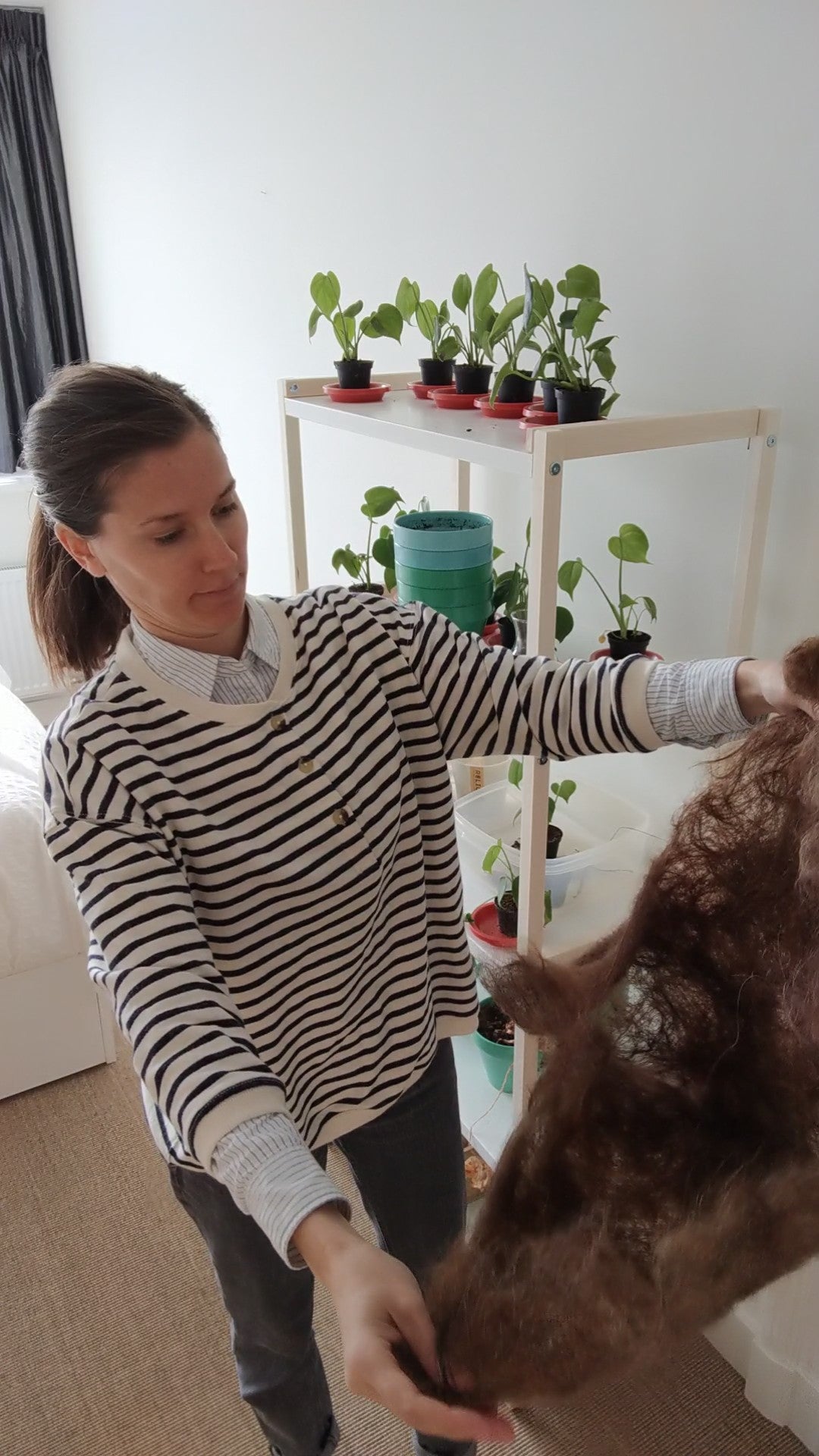
Benefits of Hair for Houseplants
Read the Report HereLead Researcher: Stephanie Hodgson
Assistant Researcher: Ryan Crawford
-
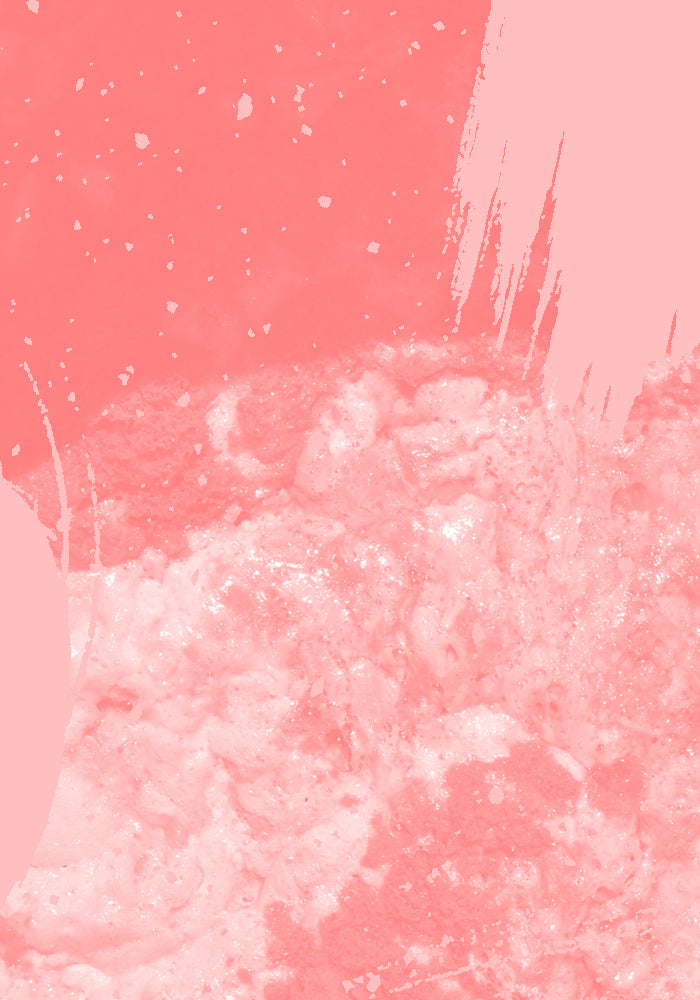
Chemical Waste within hairdressing
Learn more hereLead Researcher: Jess Rigg
Assistant Researcher: Stephanie Hodgson
-
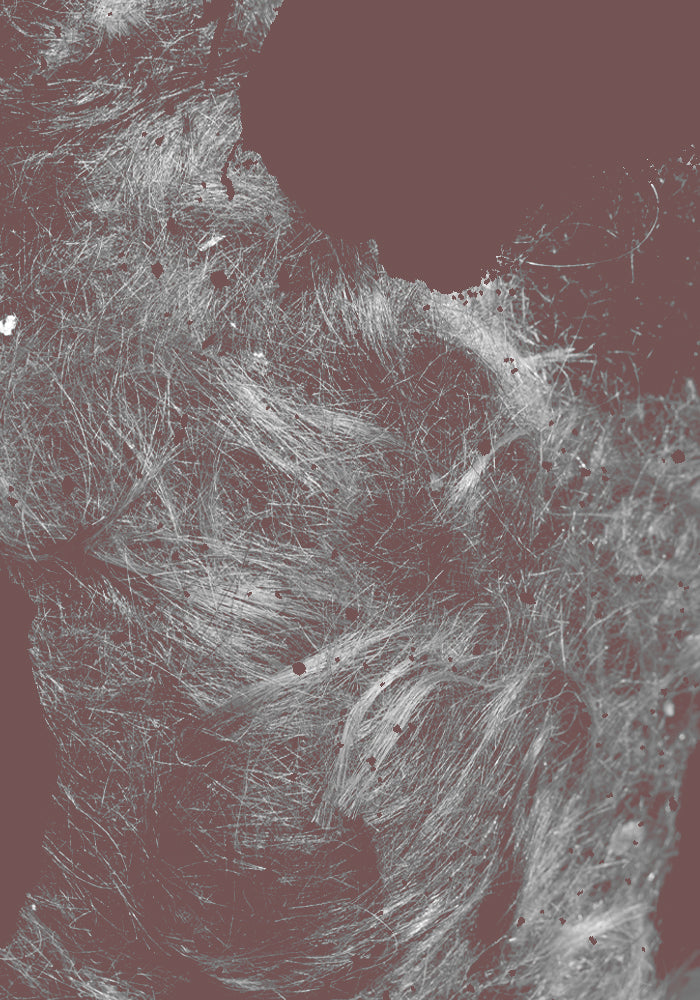
Circular Economy for Hairdressing
Project Lead: Professor Ian Williams
Academic Institution: University of Southampton
Project Assistant: Stephanie Hodgson
-
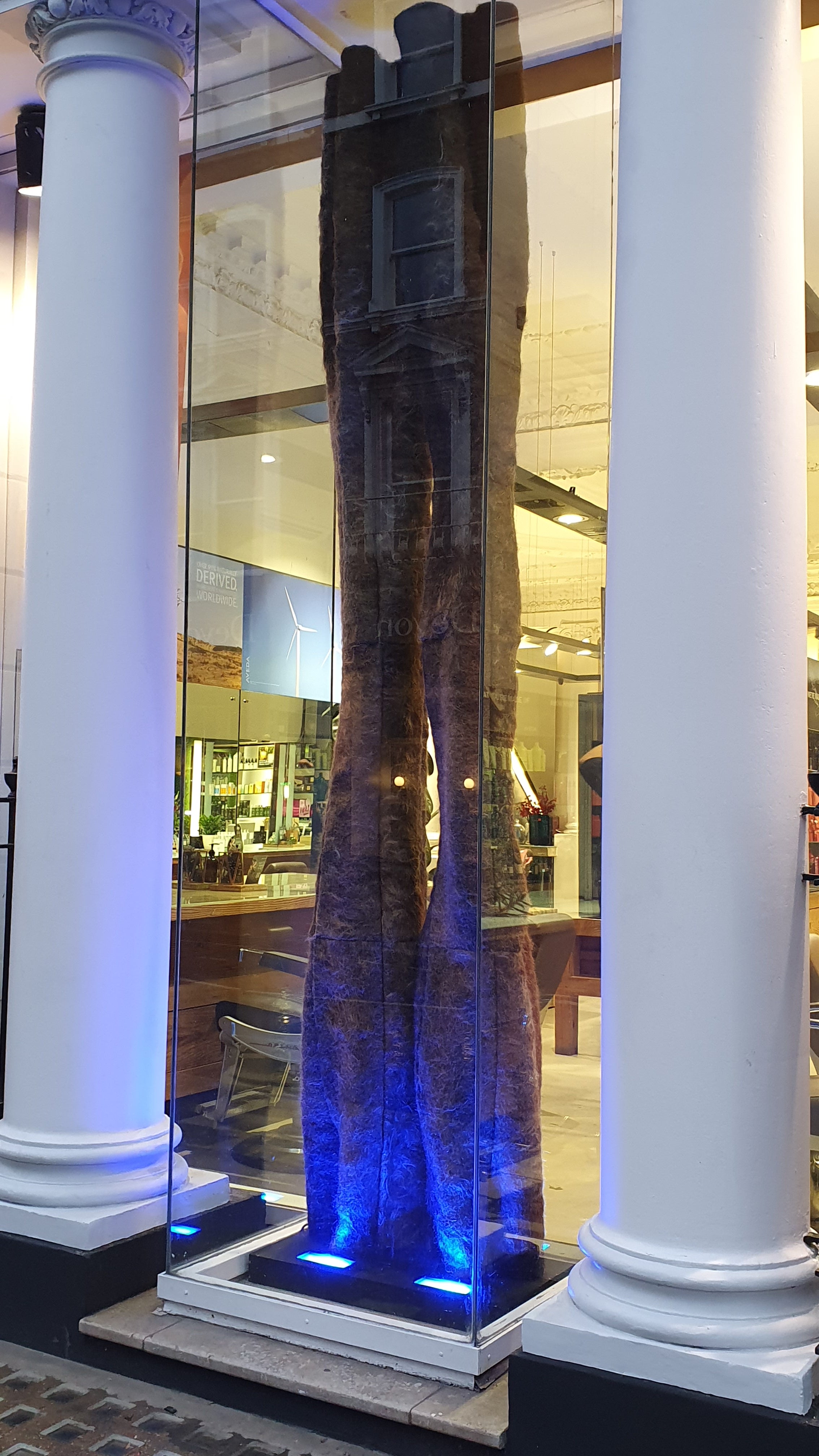
-
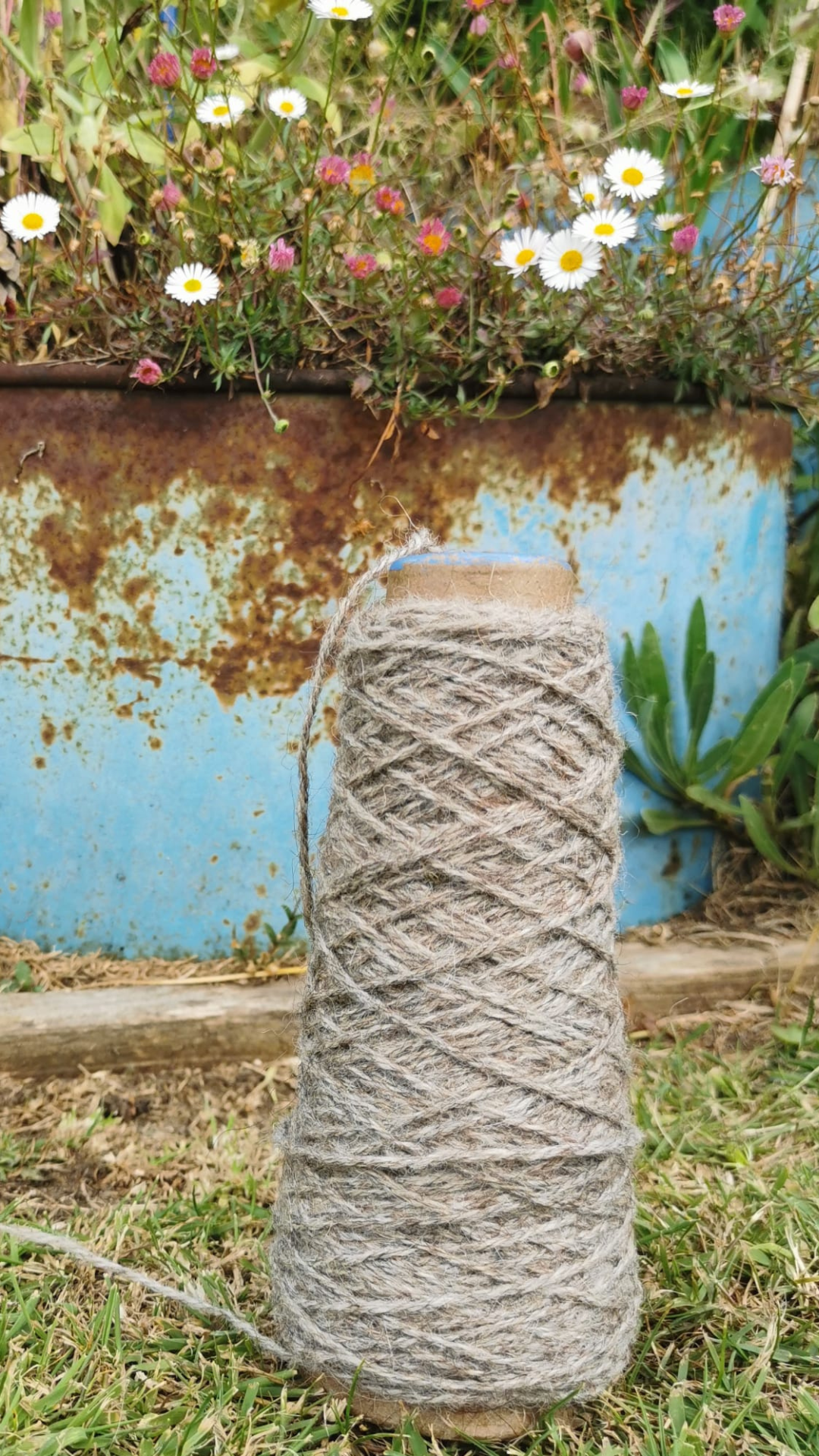
Hair Fibre Spinning
Learn More HereProject lead: Stephanie Hodgson
Collaborators: Natural Fibre Co.
Special mention: Beki Gilbert
-
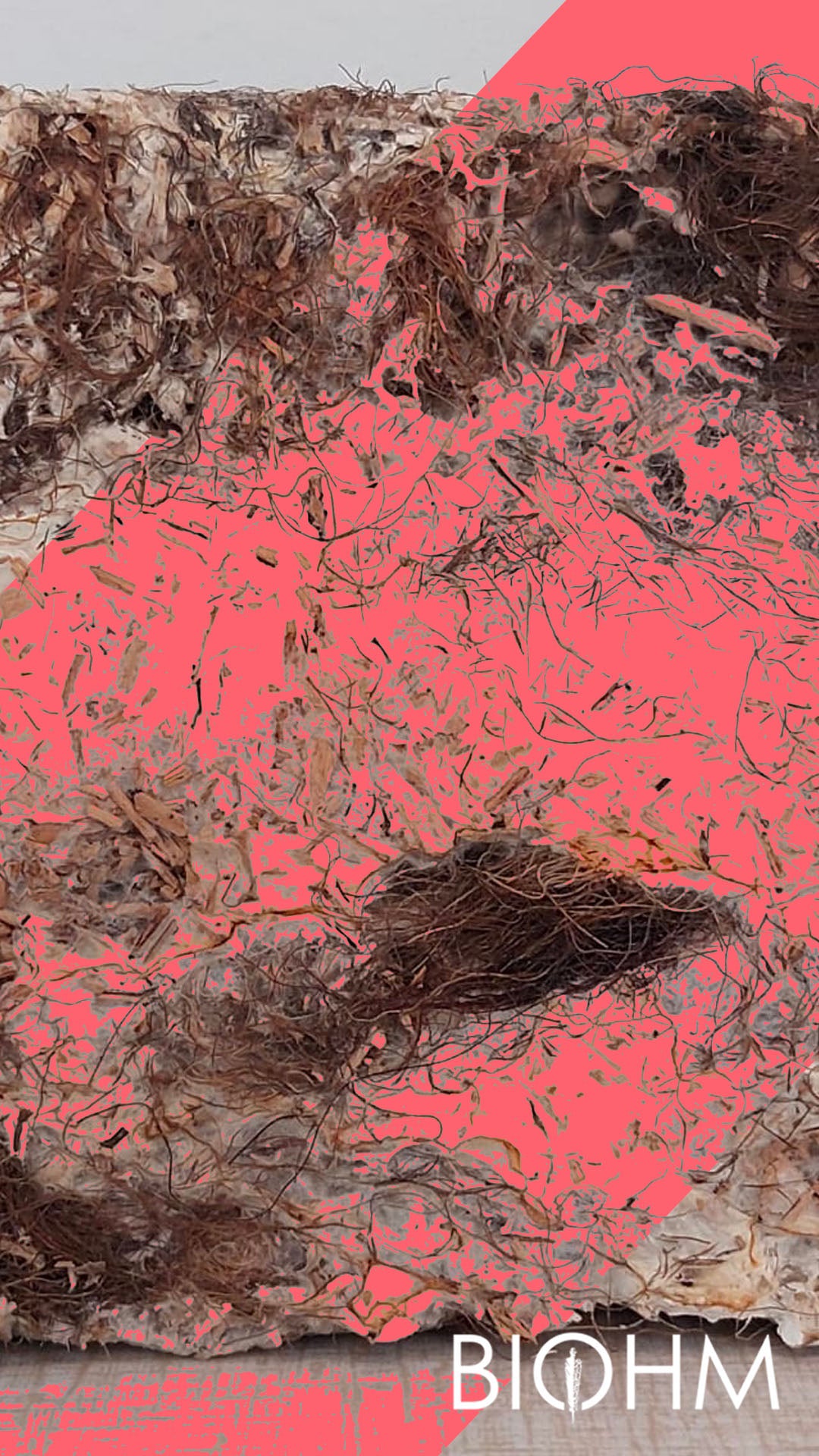
-
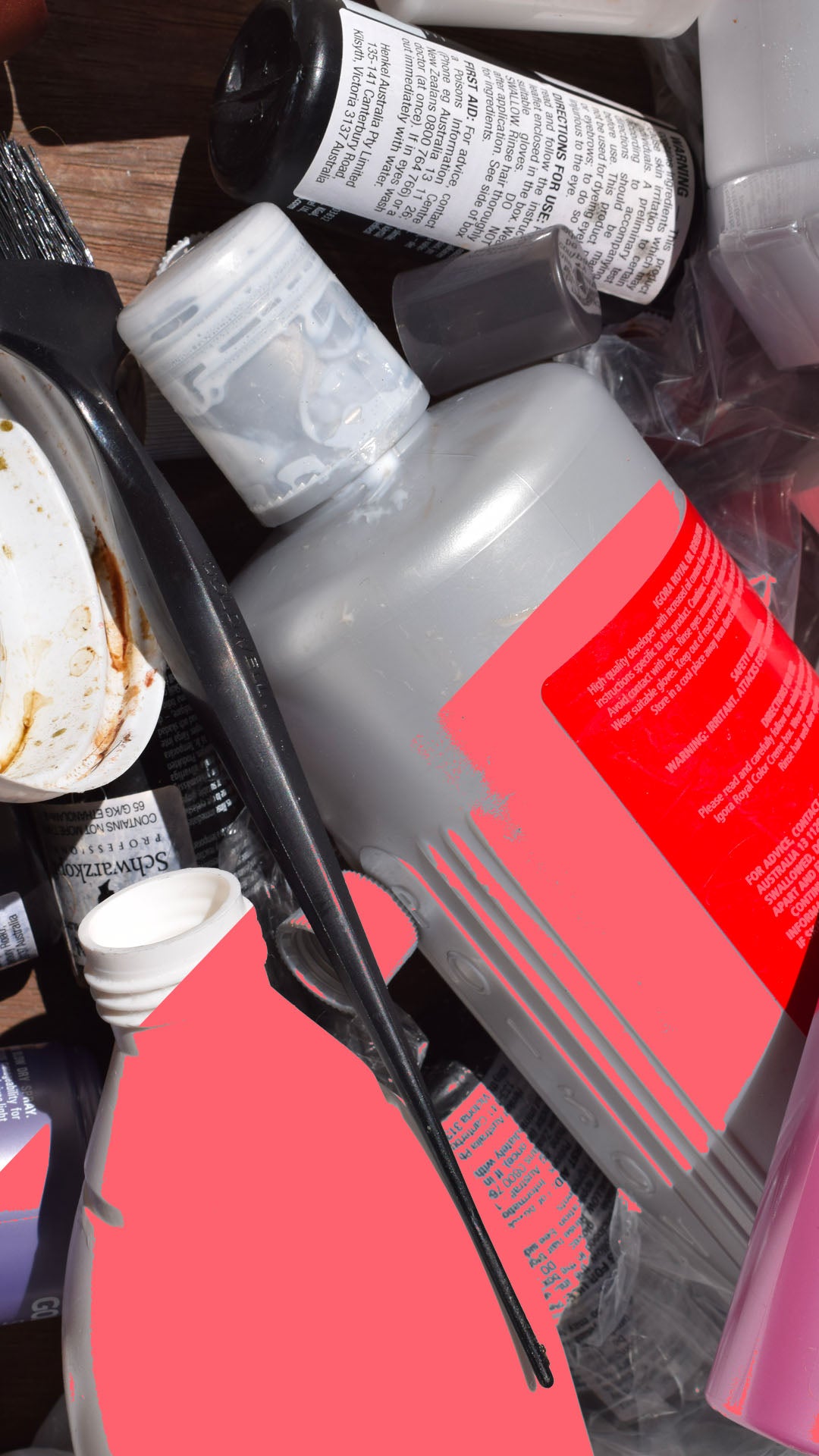
Recycled Plastics
Learn MoreProject Lead: Stephanie Hodgson
Recycling workspaces: Relic Plastic // Brothers Make // vanPlestik
-
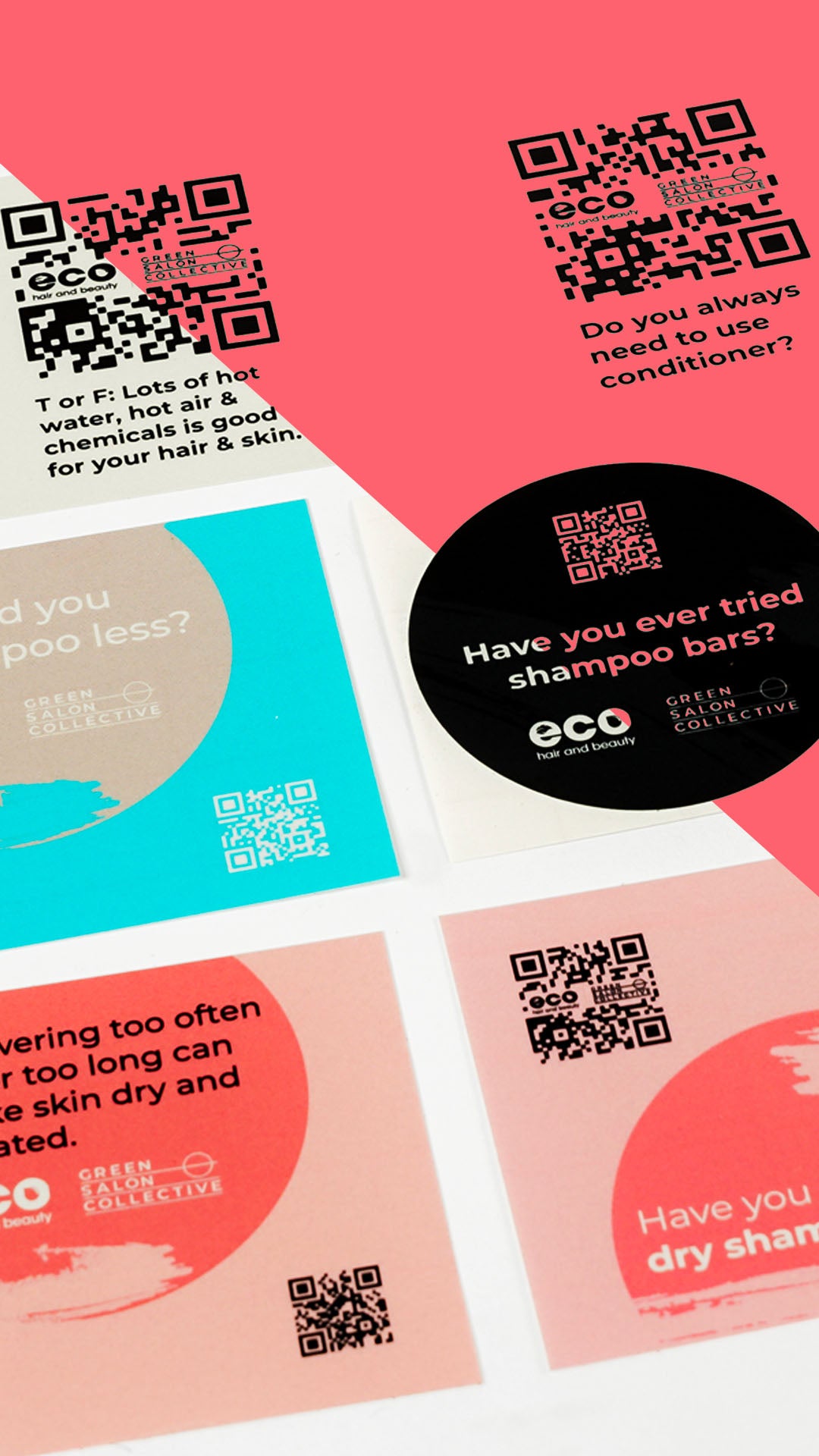
Mirror Talkers
Read the Report HereLead Researcher: Professor Denise Baden
Assistant Researcher: Stephanie Hodgson
Associated institution: University of Southampton
Funding: UK Research and Innovation
Support: L'Oreal // Wella // Toni & Guy
-
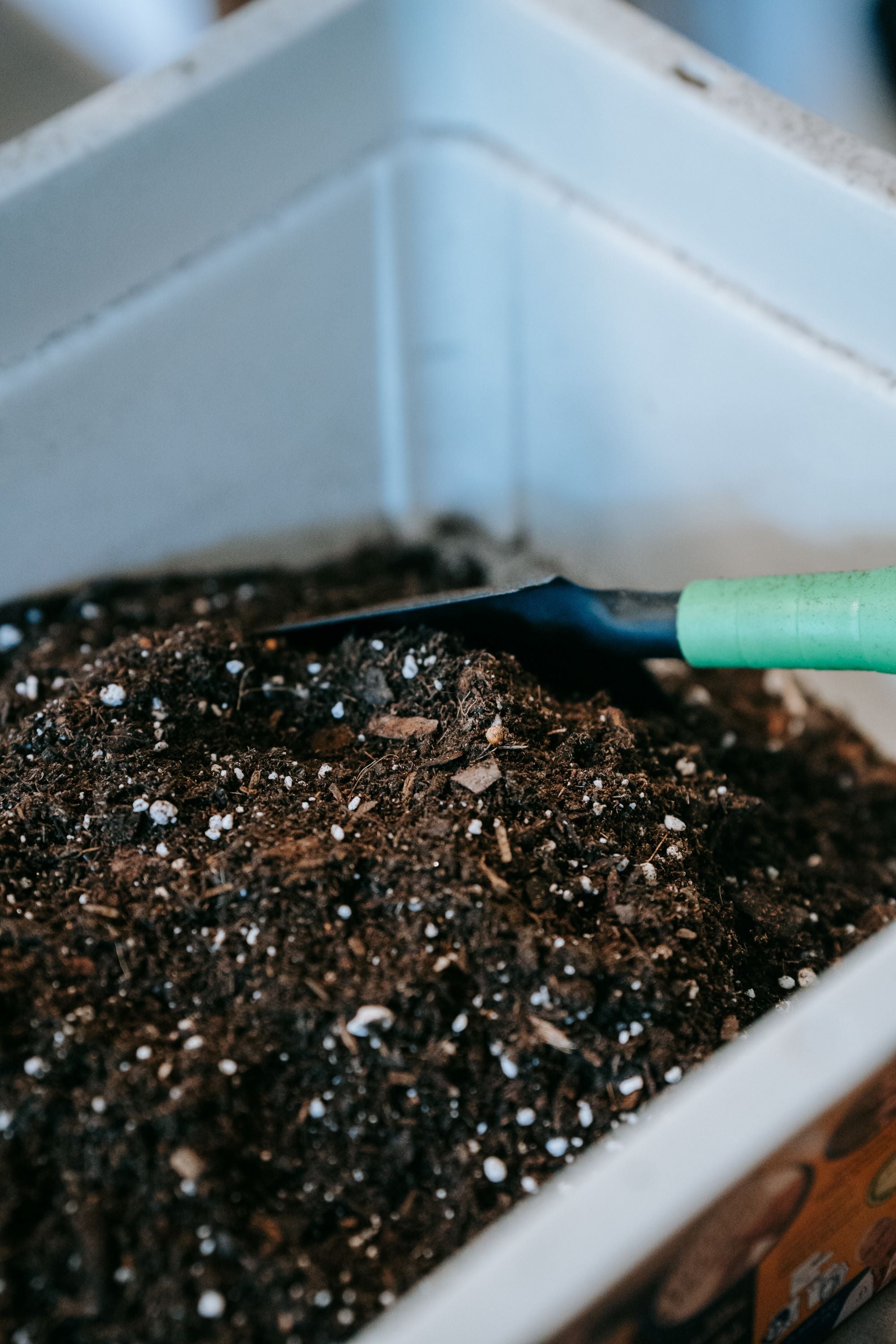
Hair in Soil
Read the Report HereLead Researcher: Stephanie Hodgson
Consultant: Professor Ian Williams, PhD
Consultant: Kevin Bryan, PhD
Associated institution: University of Southampton
We cannot solve the many sustainability challenges of our industry alone.
We collaborate on various research and development projects that are helping to create a circular economy within the hair and beauty industry.
We work with:
- Researchers
- Academic Institutions
- Designers
- Product Companies
- Product Developers
- Charity Organisations
Our research partners work with us on target-focused, longer term tasks that result in the creation of new knowledge, products or services which measurably improve our industry.
Our Research & Development Partners
-
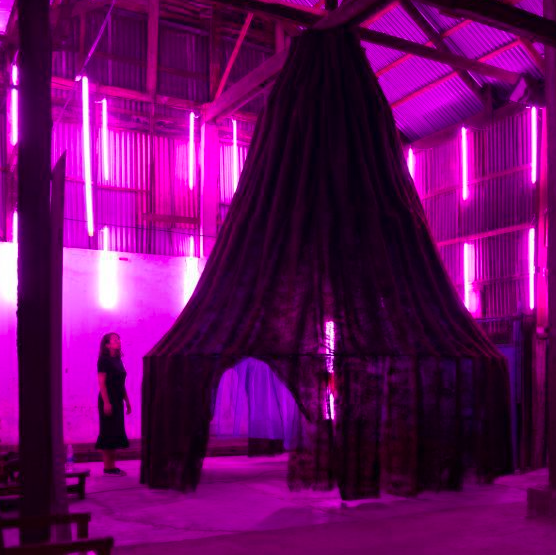
Pareid
We are supporting leading architects, Deborah Lopez and Hadin Charbel from Pareid, in their development of hair-based architectural and building materials. They will be experimenting with our felting machine as well as helping to produce prototypes for our Potting Felt study.
-
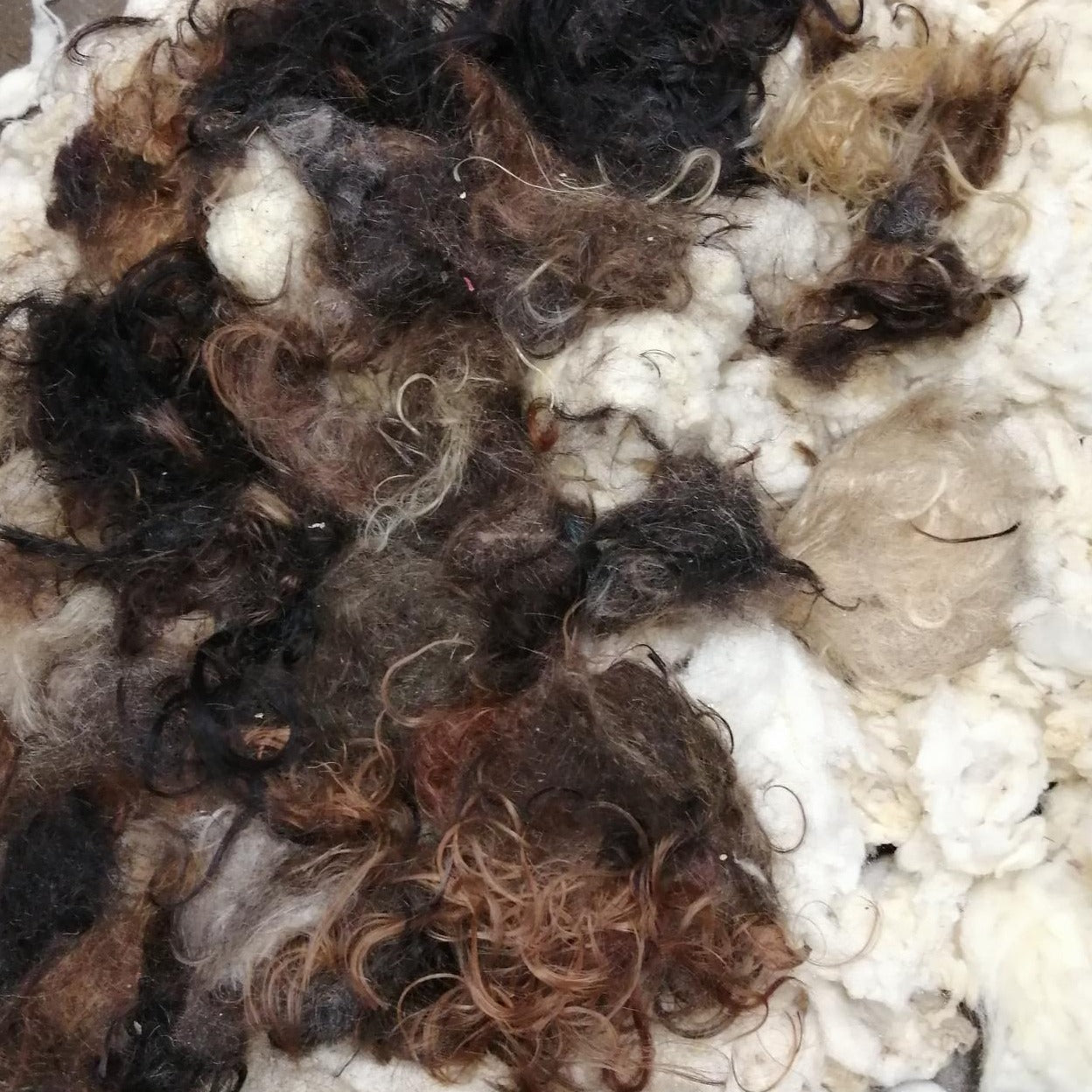
Natural Fibre Co
We are collaborating with Natural Fibre Co, a British mill supported by the Rural Development Programme for England, on a project to upscale the use of hair in yarn and rope. We are currently trialing a 'chunky' yarn comprised of salon hair waste blended with near-waste wool.
-
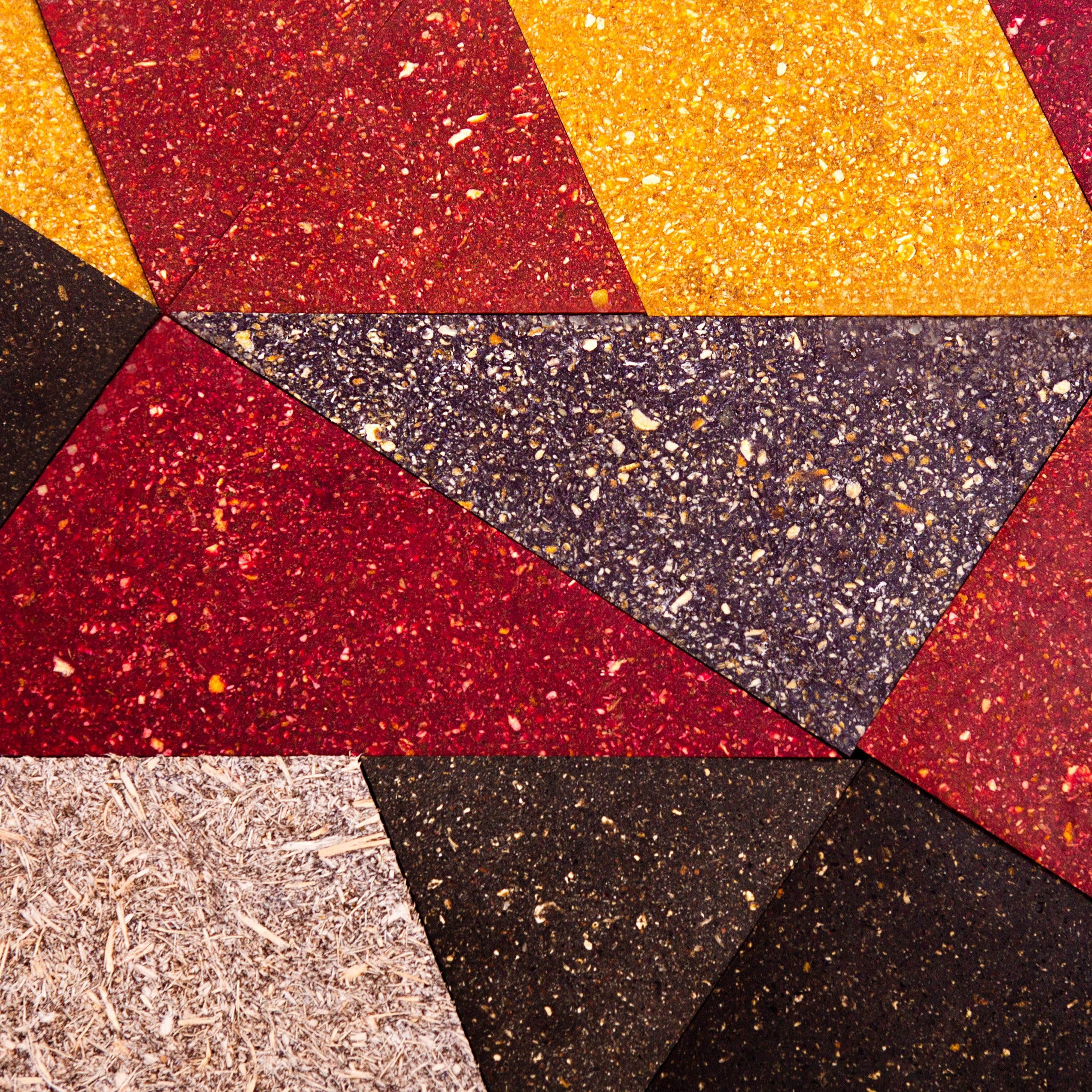
Biohm
We are collaborating with Biohm on an exploratory study to trial human hair waste in both their "orb" and "mycelium" processes to produce an alternative wood-based sheet material (pictured) or other 3D objects. We are also exploring the possibilities for creating products specifically for the hair and beauty industry.
-
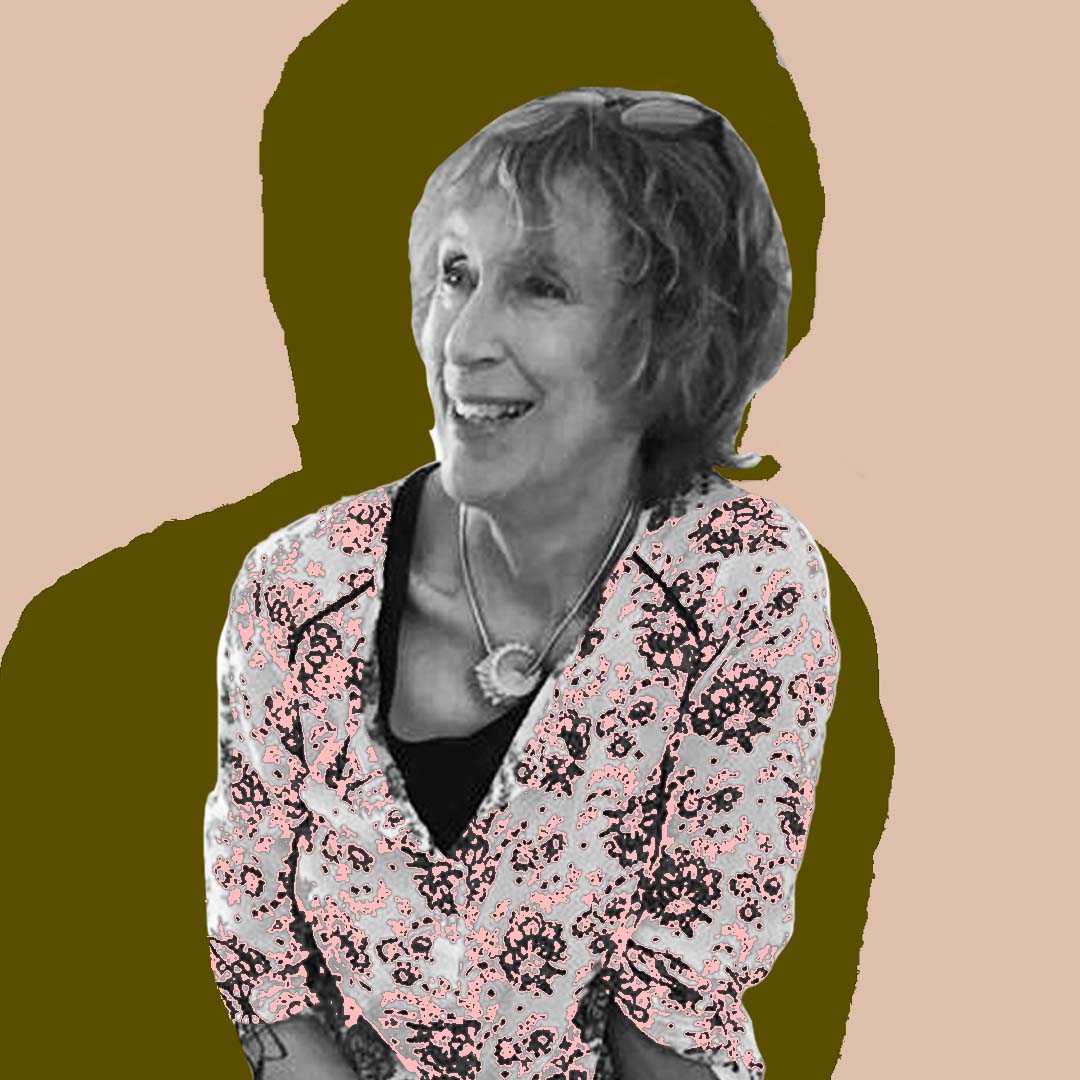
Jenni Dutton
One of the ways that we reuse and recycle hair is through supporting artists interested in waste and hair, by giving them hair waste and allowing them to turn it into something totally new. One of our partners who we are planning to work with to create a whole dress covered in waste salon hair is Jenni Dutton, an artist working in Somerset.
-
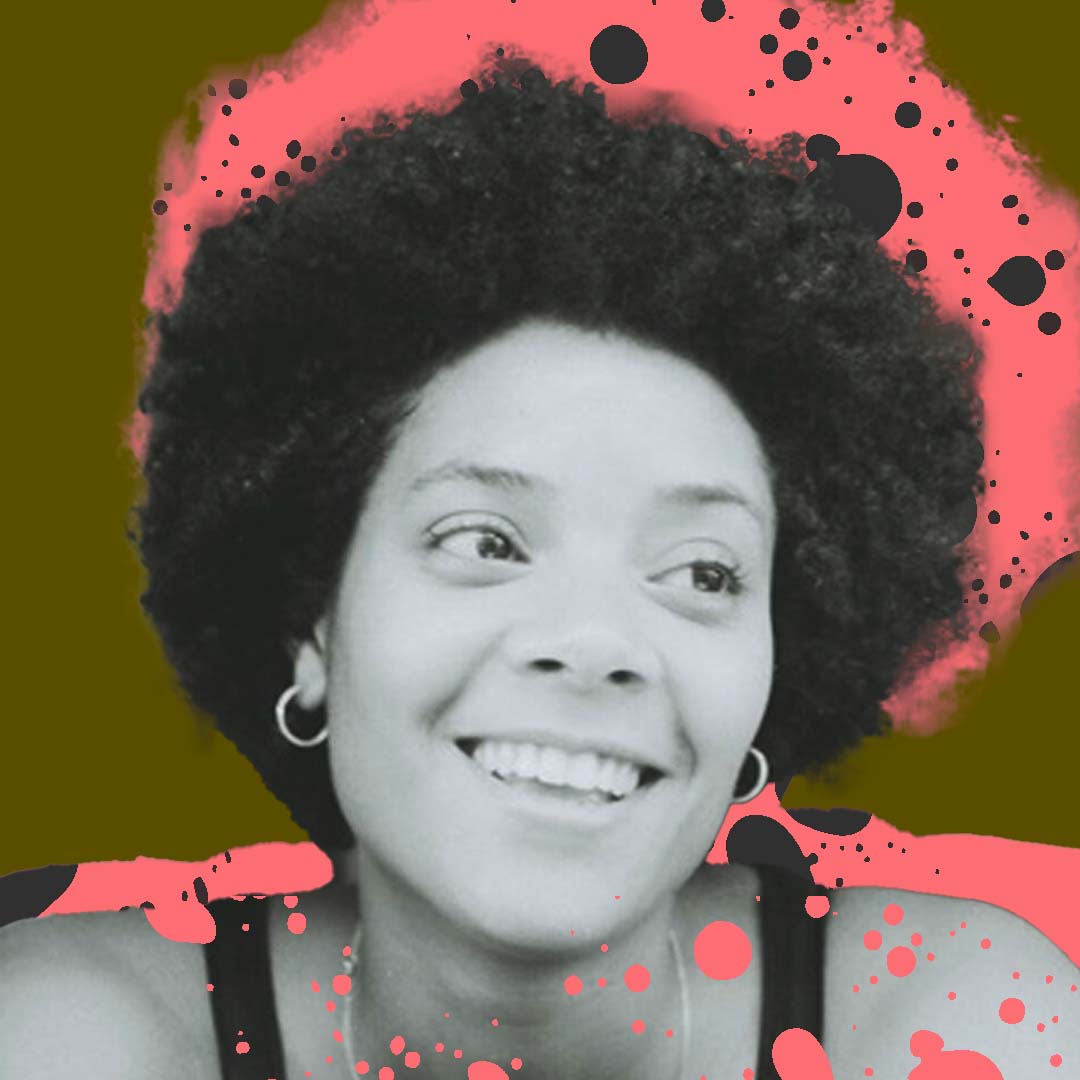
Alix Bizet
As part of our research and development work, we often work with artists and designers to find new ways to utilise waste human hair. One designer that we've been working with is Alix Bizet, who has been using GSC's very own felting machine as part of her process to make a material out of hair.
-
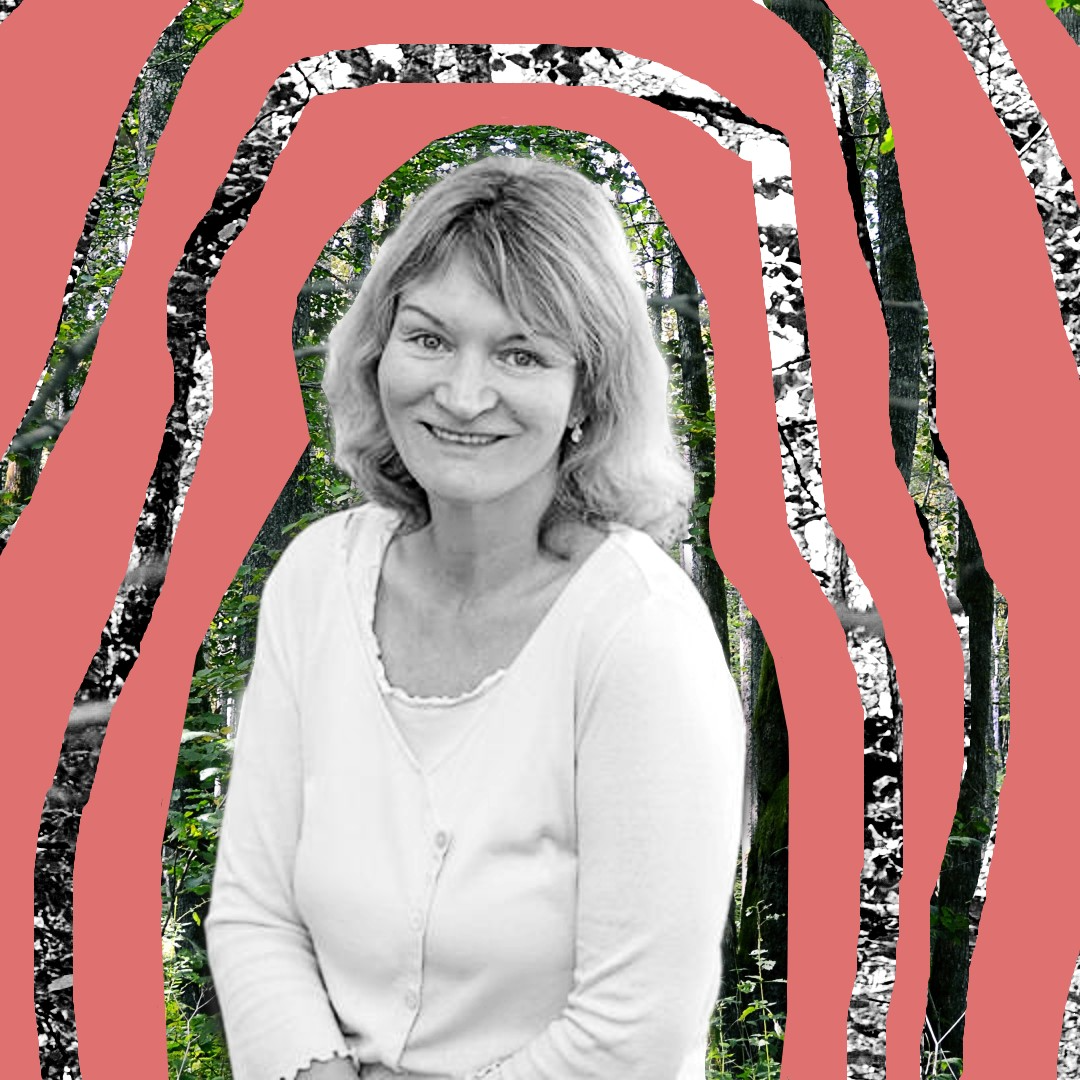
Denise Baden, PhD
We are collaborating with Denise to explore the effectiveness of using Mirror Talkers to get conversations going between hairdressers and their clients around sustainable haircare.
-
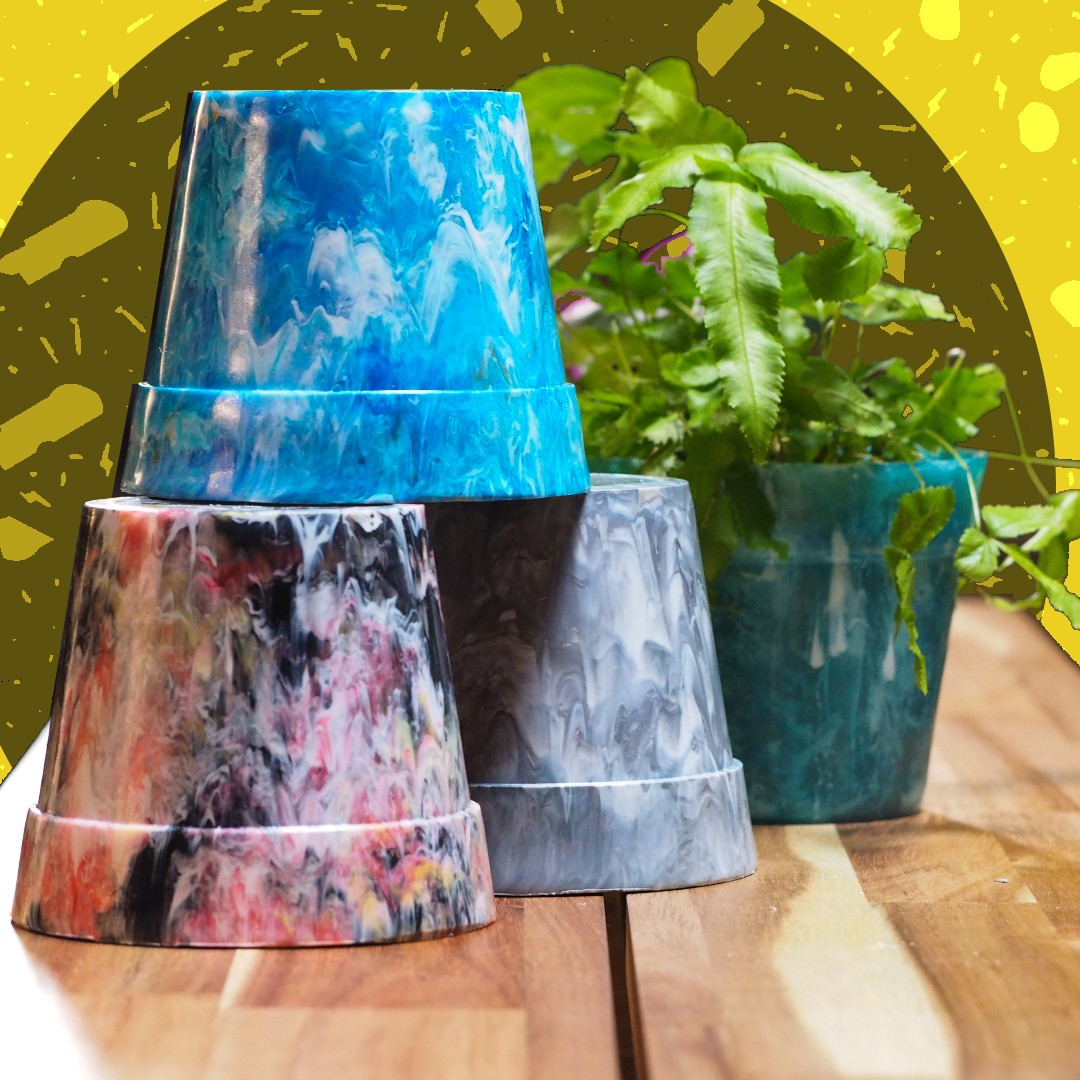
Relic Plastic
We are collaborating with Relic to bring new recycled plastic products to market for the hair and beauty industry using plastic waste generated by the same industry. We are also commissioning Relic to produce a limited series of 100% recycled pots for an upcoming R&D event.
-
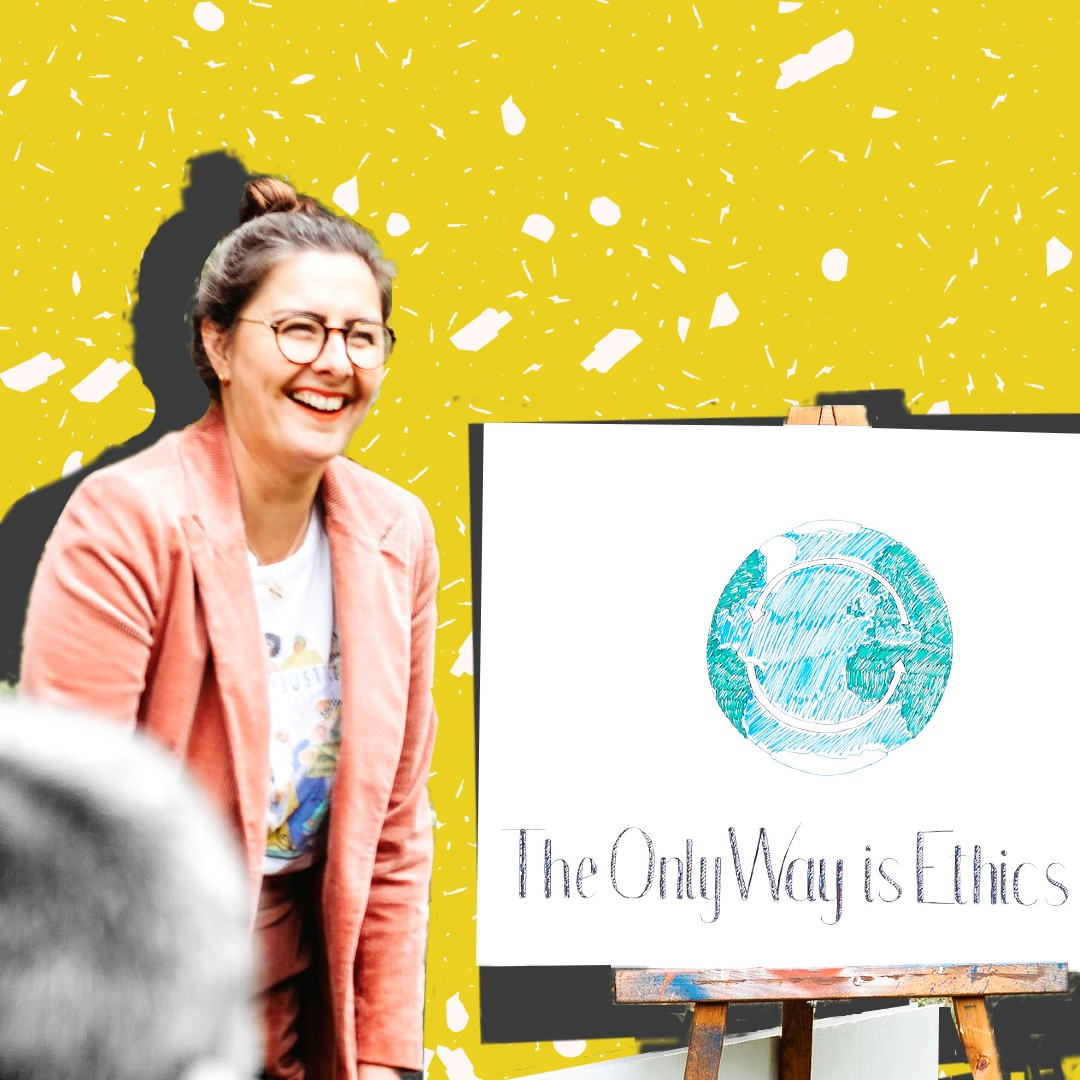
Raechel Kelly
We consult with Raechel on our Disposable Salon Towels project. Raechel was integral to initiating this investigation and she also collaborated on our Accreditation process.
-
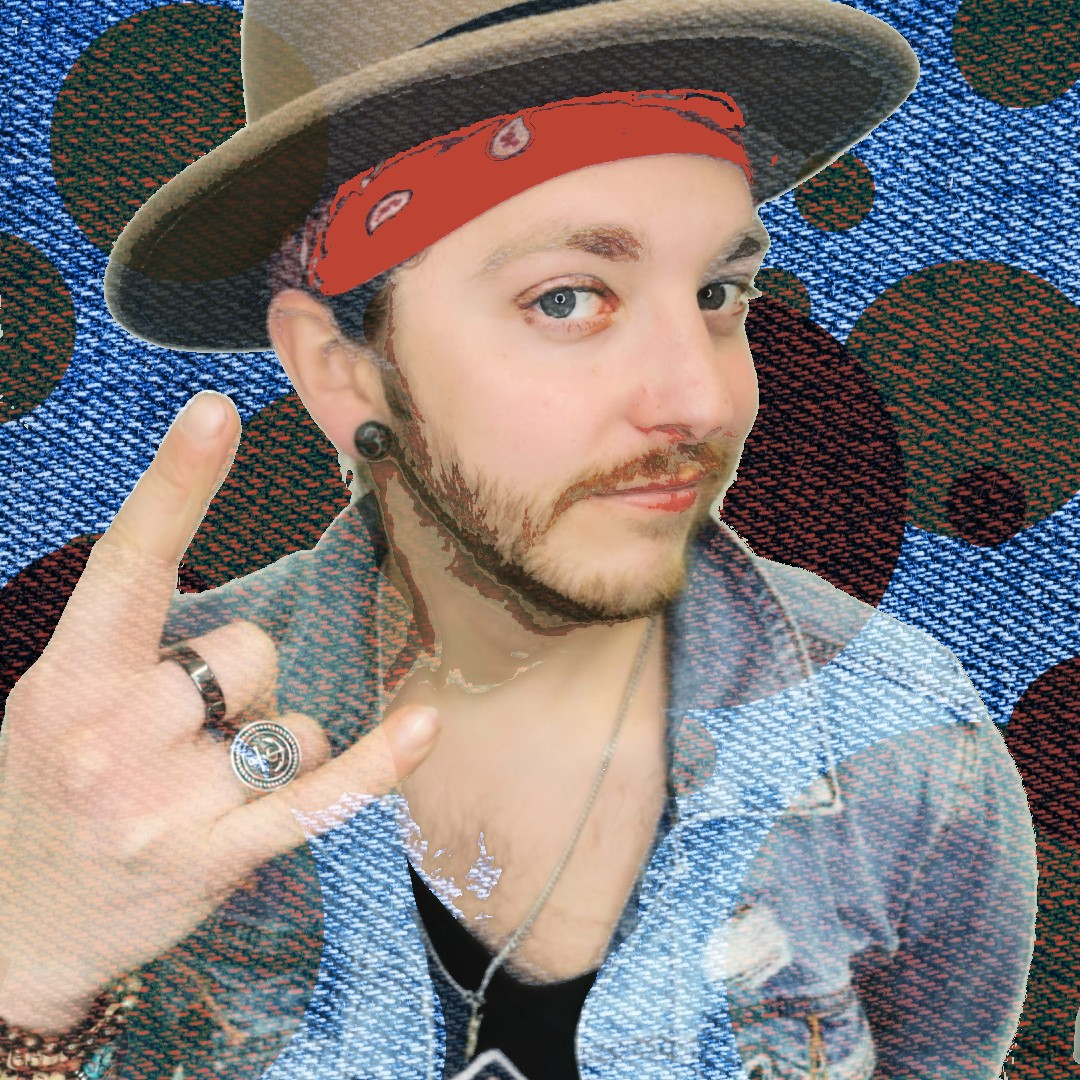
Ryan Crawford
We are collaborating with Ryan on a number of hair felt projects. Ryan is replicating our Potting Felt project to ensure our data is robust.
-
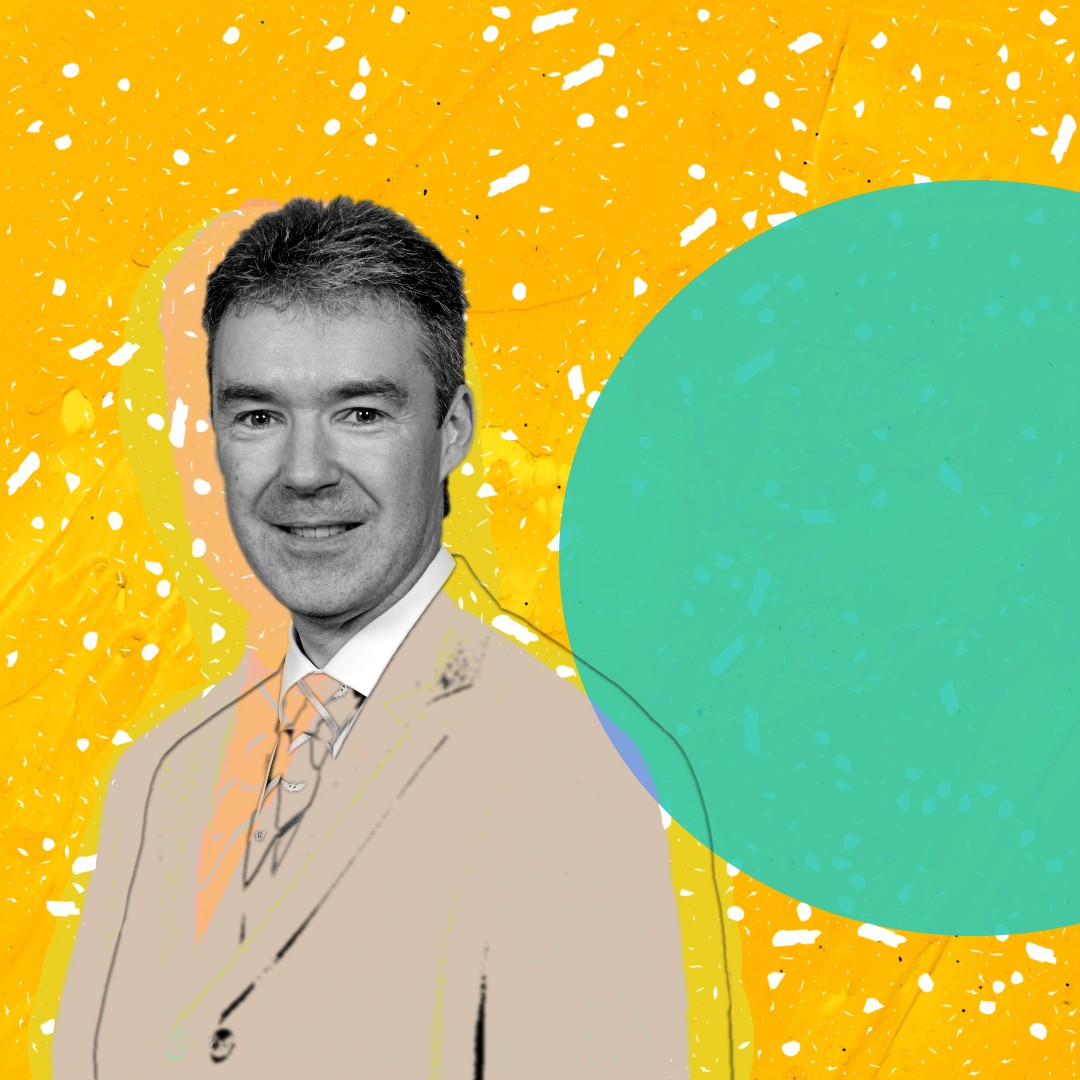
Ian Williams, PhD
We are collaborating with Professor Williams to co-create an assignment for students to propose opportunities for developing a circular economy for hair or other salon waste streams in the UK.
-
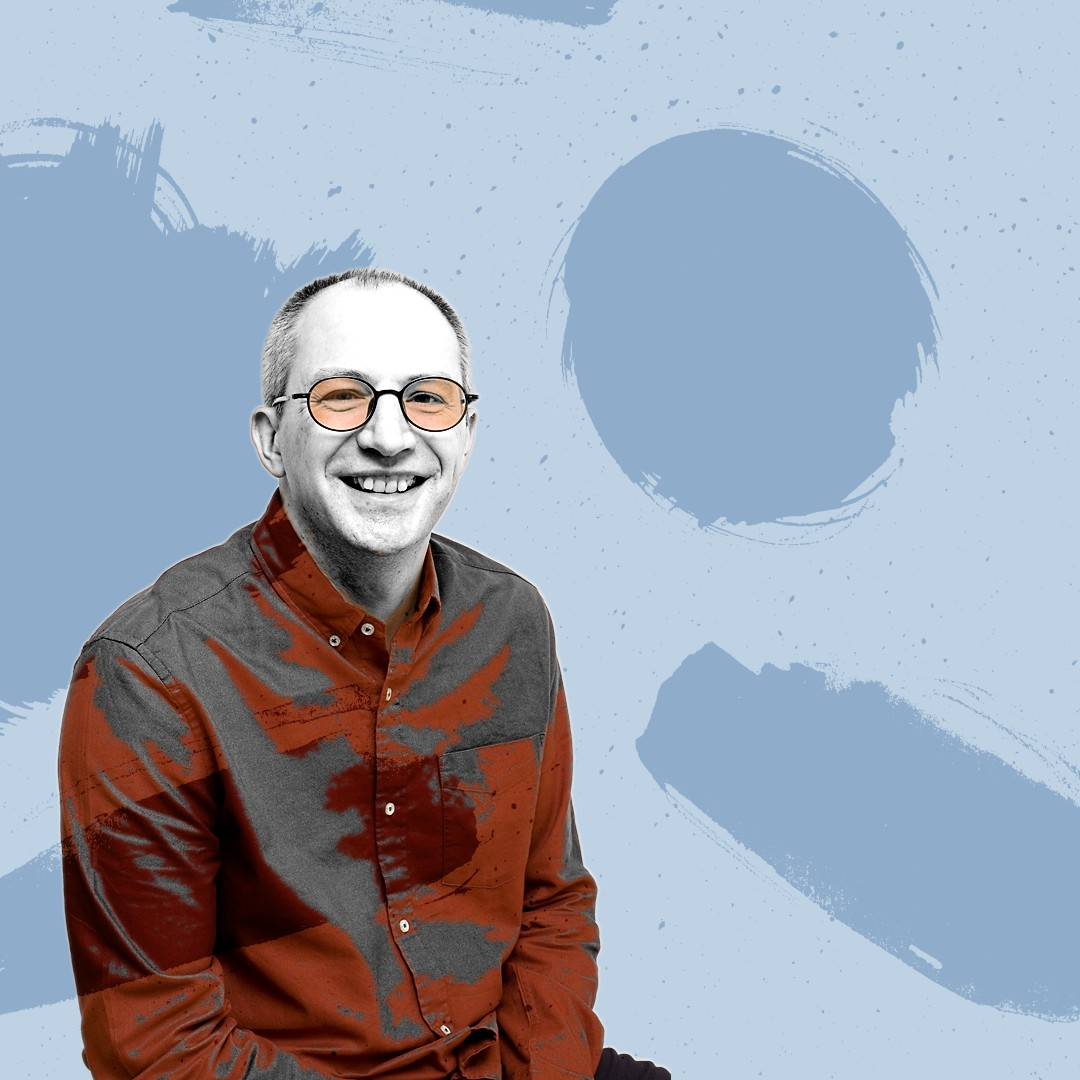
Eoin McQuone
We are collaborating with Eoin on our Disposable Salon Towels project. Eoin is carrying out Life Cycle Assessments for various salon towel types and visiting GSC member salons in order to better understand how these towels are actually being used, laundered and disposed of.
